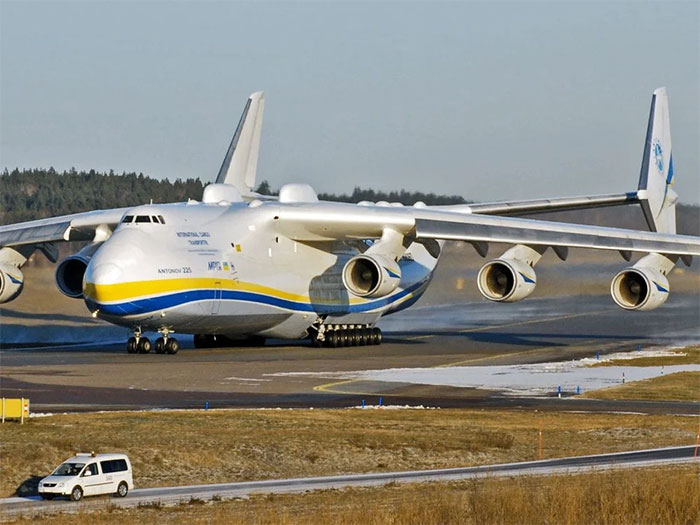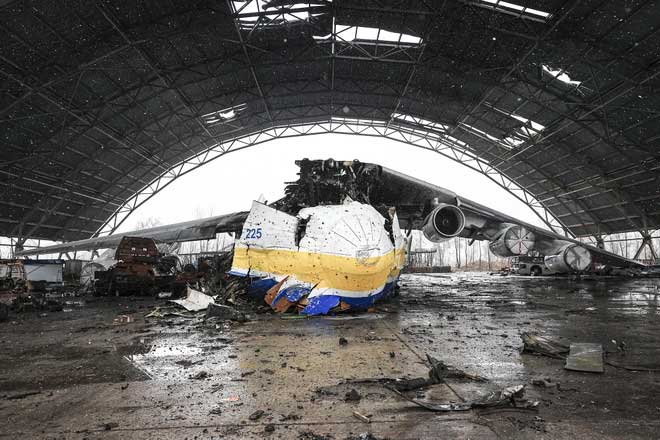Antonov Company is planning to resume production of the world’s largest aircraft, the Antonov AN-225, after it was destroyed during the conflict in Ukraine.
On November 7, Antonov announced on Twitter that the plan to revive the world’s largest aircraft has begun, with “design work” currently underway, according to CNN.

The world’s largest aircraft Antonov-225. (Photo: Larske).
It is estimated that the project to rebuild the giant aircraft will cost over 502 million USD. The company added that this figure could increase as it is too early to discuss specific costs.
Details about the project are promised to be announced after the conflict in Ukraine concludes.
Initially, Ukroboronprom, the parent company of Antonov, estimated that the repair process would take at least 5 years and cost over 3 billion USD.
However, after a thorough assessment, Antonov stated that approximately 30% of the original aircraft’s components could be reused to construct the new aircraft, according to the announcement.
On February 28, Ukrainian arms manufacturer Ukroboronprom reported that the aircraft was destroyed in an airstrike targeting Antonov Airport in Hostomel, near the capital Kyiv, while the aircraft was undergoing maintenance.

The world’s largest aircraft Antonov-225 ‘Mriya’ destroyed in the conflict in Ukraine. (Photo: Anadolu Agency).
“The dream will never die,” the manufacturers posted on Twitter when it was destroyed.
At that time, Antonov stated that they could not verify the condition of the aircraft. Meanwhile, a CNN journalist noted that the nose appeared to be “completely destroyed.”
“The wings and some engines were severely damaged. The tail was not affected by any major impact and had a few bullet holes,” he reported.
Known as “Mriya” – which means “dream” in Ukrainian – this giant aircraft was built in the 1980s.
It is the largest cargo aircraft in the world, with a capacity twice that of the Boeing 747. To date, it is the heaviest aircraft ever built, with a payload of 640 tons, equipped with 6 engines and 32 wheels, according to Interesting Engineering.


















































